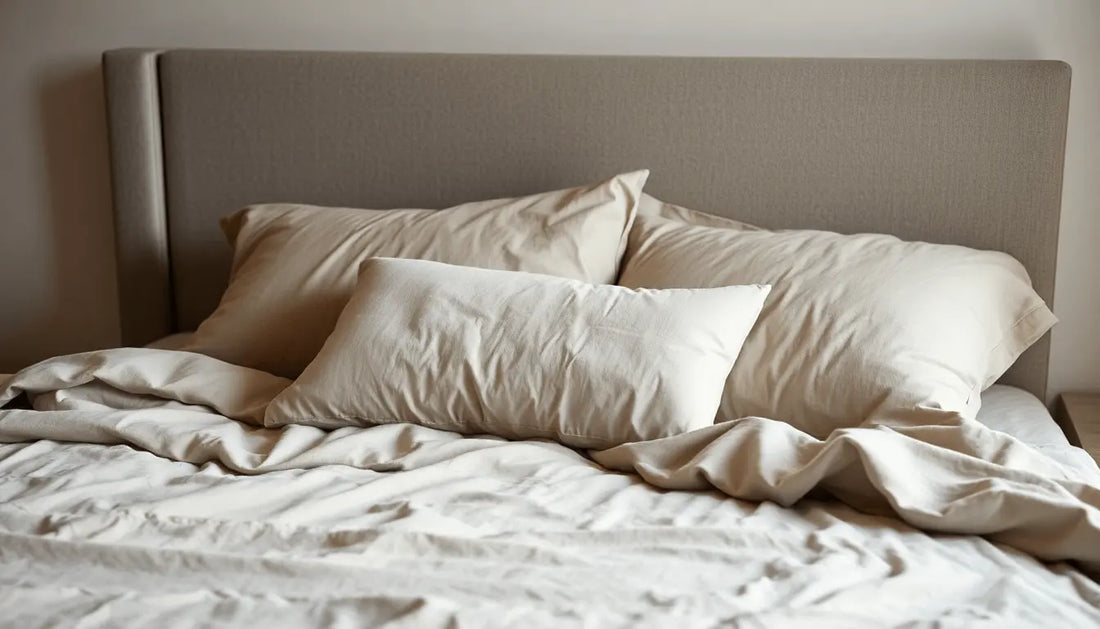
Sleep Apnea: Hidden Symptoms and Effective Solutions for Better Rest
What is sleep apnea?
Sleep apnea is a serious sleep disorder that causes repeated pauses in breathing during sleep. These interruptions can last from a few seconds to several minutes, and they can occur several times a night. Because of these pauses in breathing, sleep becomes fragmented, which can lead to excessive daytime fatigue and various health problems. This disorder can affect people of all ages, but it is more common in overweight and older people.
Types of sleep apnea
There are three main types of sleep apnea:
- Obstructive sleep apnea (OSA): This is the most common form and occurs when the muscles in the throat relax excessively, blocking the airway.
- Central sleep apnea: This type is less common and occurs when the brain fails to send the proper signals to the muscles that control breathing.
- Mixed apnea: A combination of the two previous forms.
Hidden Symptoms of Sleep Apnea
The symptoms of sleep apnea aren't always obvious, and many people don't realize they have the disorder. Here are some hidden symptoms to watch for:
- Excessive daytime fatigue: A constant need for sleep during the day and difficulty staying awake during common activities may be signs of sleep apnea.
- Loud snoring: Although common, snoring can be an indicator of airway obstruction, especially if it is accompanied by pauses in breathing.
- Frequent awakenings: Waking up several times a night, often choking or gasping for air, for no apparent reason.
- Concentration problems: Difficulty concentrating or staying alert during the day, sometimes confused with other mental health problems.
- Mood changes: Irritability, anxiety or depression can be consequences of poor sleep.
- Morning Headache: Frequent headaches upon waking may indicate a lack of oxygen during the night.
- Night sweats: Excessive sweating during the night may be linked to episodes of apnea.
- Nocturnal incontinence: Frequent waking to urinate may also be an associated symptom.
Causes of sleep apnea
Causes of sleep apnea can vary, but often include:
- Obesity: Excess weight, especially around the neck, can put pressure on the airway, leading to episodes of apnea.
- Anatomy: Specific facial structures, such as a wide tongue, enlarged tonsils, or a recessed lower jaw, may contribute to sleep apnea.
- Age: The risk of sleep apnea increases with age, due to relaxation of the throat muscles.
- Alcohol consumption: Alcohol can relax the muscles in your throat, increasing the likelihood of apnea.
- Family history: A genetic predisposition may play a role in the development of this disorder.
- Smoking: Smoking can increase inflammation and fluid retention in the airways.
- Medical conditions: Certain conditions, such as high blood pressure or diabetes, can increase the risk of sleep apnea.
Know the risks associated with sleep apnea
Sleep apnea not only affects the quality of your sleep, but it can also have serious consequences for your health. Here are some of the risks associated with this disorder:
- Cardiovascular disease: People with sleep apnea are at increased risk of developing heart disease, high blood pressure, and stroke.
- Type 2 Diabetes: Sleep apnea is linked to higher blood glucose levels, increasing the risk of diabetes.
- Mental health issues: Anxiety, depression, and other mood disorders are often exacerbated by poor sleep.
- Accidents: Excessive daytime fatigue can lead to decreased alertness, increasing the risk of road accidents and workplace accidents.
- Surgical complications: People with sleep apnea may have additional complications during surgical procedures.
Effective solutions for better rest
Fortunately, there are several effective solutions to treat sleep apnea and improve the quality of your sleep:
- Weight loss: Reducing body weight can significantly improve symptoms and reduce the severity of sleep apnea.
- Changing sleeping position: Sleeping on your side instead of your back can reduce snoring and apnea in many people.
- CPAP (continuous positive airway pressure) machines: These machines help keep the airway open during sleep by providing a constant flow of air.
- Oral appliances: Designed to reposition the tongue and jaw, these devices may be effective for some patients with obstructive sleep apnea.
- Behavioral therapies: Techniques to improve sleep habits, such as cognitive behavioral therapy, may be beneficial.
- Medical consultation: Consulting a sleep specialist for proper diagnosis and treatment recommendations may be essential.
- Avoid alcohol and sedatives: Reducing or eliminating the use of alcohol and sedative medications may improve symptoms.
- Regular exercise: Regular physical activity can help maintain a healthy weight and improve sleep quality.
- Sleep hygiene: Establishing a regular sleep routine and creating a comfortable sleep environment can promote better rest.
Conclusion
Sleep apnea is a serious disorder that can profoundly affect your quality of life. By being aware of hidden symptoms and exploring effective solutions, you can improve your sleep and overall health. If you suspect you have sleep apnea, don’t wait to see a healthcare professional. Early diagnosis and proper treatment can make all the difference, allowing you to get back to restful sleep and live a healthier, more active life.


